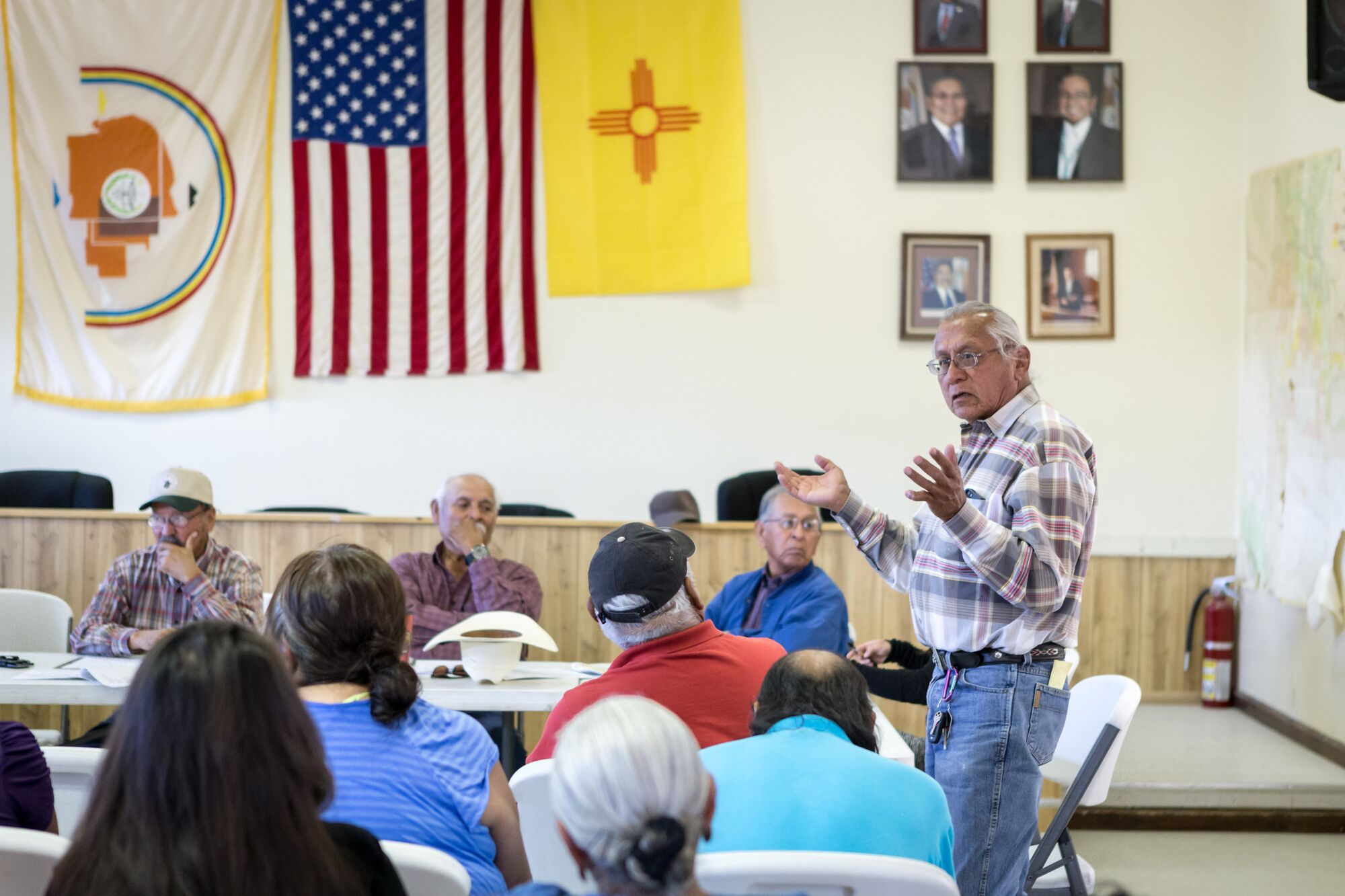The Action Tip Guide
Find your way to speak out for change.

Many of Earthjustice’s supporters are looking to do more, beyond the Action Alerts that take place during the key moments of Earthjustice's most important issues — for example, on an issue that may not have an active Alert, or after an Alert has concluded.
The five-step guide below includes tips and ideas on how to develop your action.
Step 1. Learn the lay of the land.
Investigate the facts, what’s been done so far, and what still needs to happen.
- Research the basics. Find out the current situation, and how it got to this point. Explainers and in-depth reports can help you learn about an issue.
- Forge alliances. If you care enough to fight for something, chances are someone else does too. Find out who else is working on this issue in your community — reach out through your social networks, or check community news sites — and see how you can work together.
Step 2. Figure out what’s at stake.
Develop a plan of what you want to accomplish. Your ask should be concise, specific, and solutions-oriented.
- Think carefully about what would you like to achieve. Consider what you are willing to fight for, and what are pressing threats to it? Is it your city's drinking water supply? Your local air quality? A special place that’s at risk to development? Establishing a community solar garden for your neighborhood?
- Think big — and realistic. Don't underestimate what you can achieve — but make sure your plan matches the time and resources you have available. Think about the individual accomplishments that will bring you to that big goal.
- Everything starts with a small action. Do what is manageable and feels worthwhile to you. You can start with a small, specific plan (and then expand from there, if you wish).
- Not sure what to ask for? In-depth issue reports will often include a “Recommendation” section that outlines and explains the actionable items decisionmakers can take to fix the problem. Research interviews with experts, or reach out to them on your own.
Step 3. Find audiences you can influence.
Identify the right decisionmaker to communicate your ask to.
- Determine who has the authority to act. The decisionmaker could be your city councilmember, a local agency, or member of Congress. Is there a timely opportunity that you can take advantage of, such as re-election or when an agency makes decisions on planning?
- Or, you may seek to raise awareness of this issue, and what should be done. Focus on the audiences whose opinions and actions matter to the decisionmaker. Think about the best way to reach them so that they will see and be receptive to your message.
Step 4. Get the word out, and stay informed.
In the age of information, you have a lot of options.
- Are you a social media maven? Reach out to your decisionmaker or audiences on Facebook, Twitter, or Instagram. Make a short video to communicate your ask.
- Feel more at ease over the phone? Call your elected officials at their Capitol Hill or local offices. (Find your local, state, and federal elected officials.)
- Are you a writer or interested in seeing your name in print? Consider writing a letter-to-the-editor to your local newspaper.
- Research and connect with journalists. Online, radio, or print reporters — local to your area, or who follow your issue — can be found through Twitter and email. Let them know about your action.
- In whatever way you speak out, make sure to follow-up and stay informed. Follow-up on requests and responses. Keep track of who you've contacted and when, and the progress made.
Step 5. Take time to celebrate.
Taking on powerful interests isn't easy. Make time to celebrate victories — or even milestones along the way to a victory — with the people who helped make it possible.
Thank you for taking action.